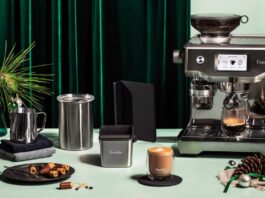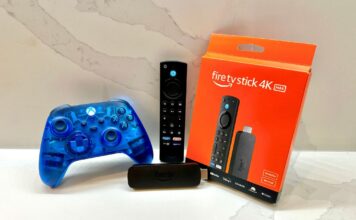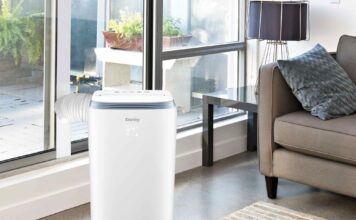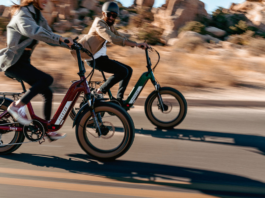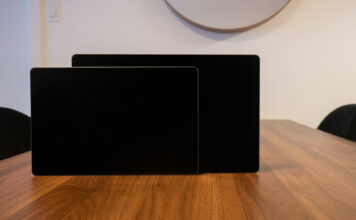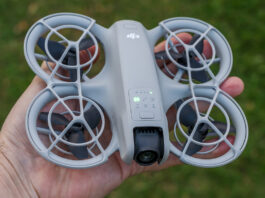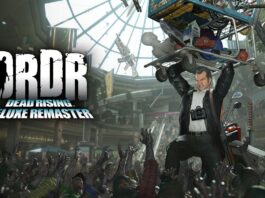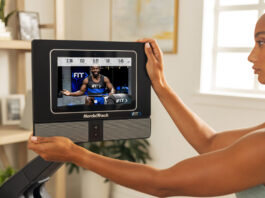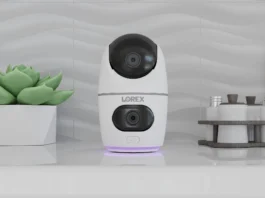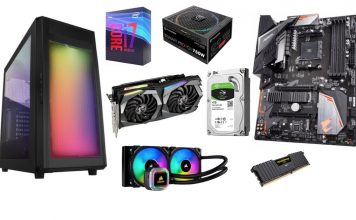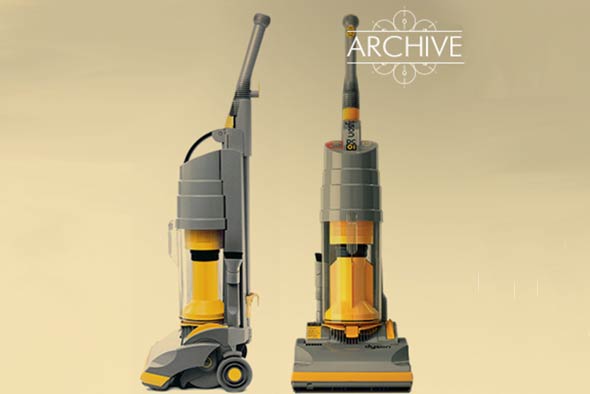 For my first post on Best Buy’s Plug in Blog, I decided to reflect on my eight years at Dyson Canada. While looking back, it seemed so fitting I would write about a current Dyson celebration worldwide—our 21st birthday.
For my first post on Best Buy’s Plug in Blog, I decided to reflect on my eight years at Dyson Canada. While looking back, it seemed so fitting I would write about a current Dyson celebration worldwide—our 21st birthday.
James Dyson launched the world’s first cyclonic bagless vacuum cleaner 21 years ago after 5,127 prototypes. Dyson engineers thrive on invention, are driven by frustration and achieve remarkable outcomes through perseverance. That said, not everything works out! Dyson recently turned 21 and uncharacteristically, decided to unlock the vault to reveal three of their inventions that didn’t make it
See what didn’t make the cut:
1) Diesel Trap (X007)
Millions of Canadians are affected by air pollution. The smallest diesel particles are mere 2.5 microns in size. Dyson’s vacuum cyclones can filter particles down to 0.5 microns, ensuring homes remain clean. In 1997, Dyson engineers began exploring whether this cyclonic technology could be applied to diesel engines.
Prototypes focused on cyclones but the energy consumption was too high, leading engineers to use an electrical discharge to ionize and collect particles. These were then burned off in an oxygen rich environment.

At the time, Dyson had no plans to make a car. As well, all too similar to James’ battle with his idea of the “bagless” vacuum, manufacturers weren’t interested and turned to ceramic filters. Today, Diesel engines use particulate filters which clog, and as a result drop in performance.
2) Dyson Halo (N066)
In 2001, Dyson began work on an augmented reality headset featuring a full colour 3D, heads-up display. This portable, wearable computer could be carried in a user’s pocket, but also worked as a communications device and PC. The device had three pieces: headset, computer and controller.
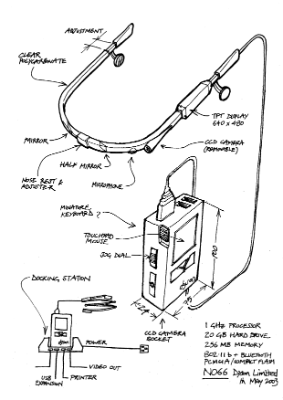
The headset was worn like a pair of glasses and had two plane mirrors reflecting the display on two tiny monitors, creating an illusion of a projected, translucent 10-inch display one metre in front of the user. And similar to many smart devices today, the prototype featured a screen that had several applications and a virtual personal assistant that could read e-mails out loud and interpret basic voice commands.
The wearable computer could attach and detach from the headset and could dock into a monitor, similar to plugging a laptop into a TV.
And the controller was worn on the wrist like a watch. It allowed the user to move a virtual cursor across the display and was able to be controlled by finger tracking and speech recognition.
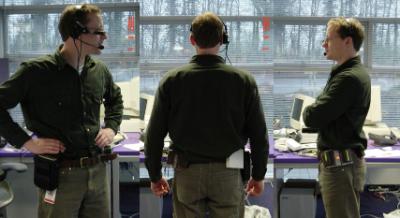
3) The Dyson Fuel Cell
Hydrogen fuel cells convert chemical energy from hydrogen and oxygen into electrical energy. They require a large, constant source of both hydrogen and oxygen to run and produce electricity continuously as long as both elements are supplied. For three years, 10 Dyson engineers worked to adjust a Dyson digital motor so it could sit at the heart of a fuel cell. The goal was to increase performance whilst reducing size. The results were impressive: the compact, lightweight and highly efficient digital motor V4HF resulted in a 20 per cent increase in power density and improved efficiency.

Today, Dyson has 2,000 engineers and scientists’ worldwide working on a pipeline of technology that stretches 25 years.
Many of the Dyson products that did make it to production can be found at your local Best Buy store and online at Bestbuy.ca.
What would you like to see us invent next?





